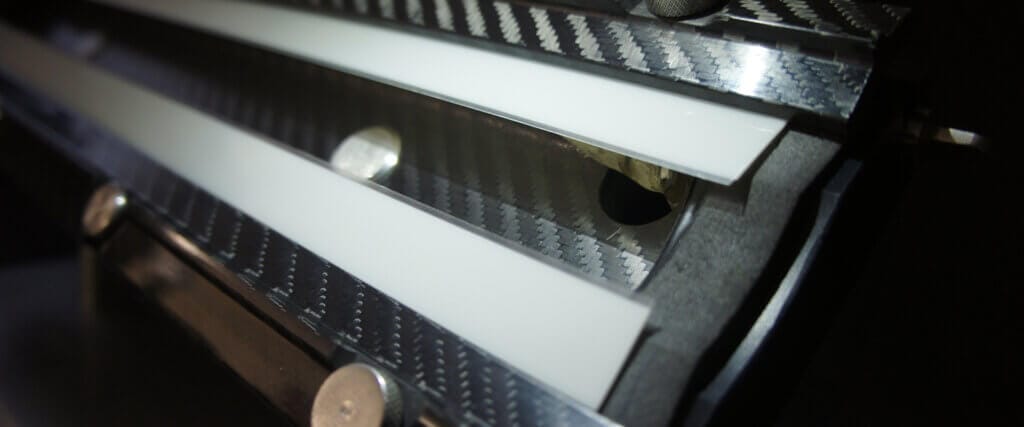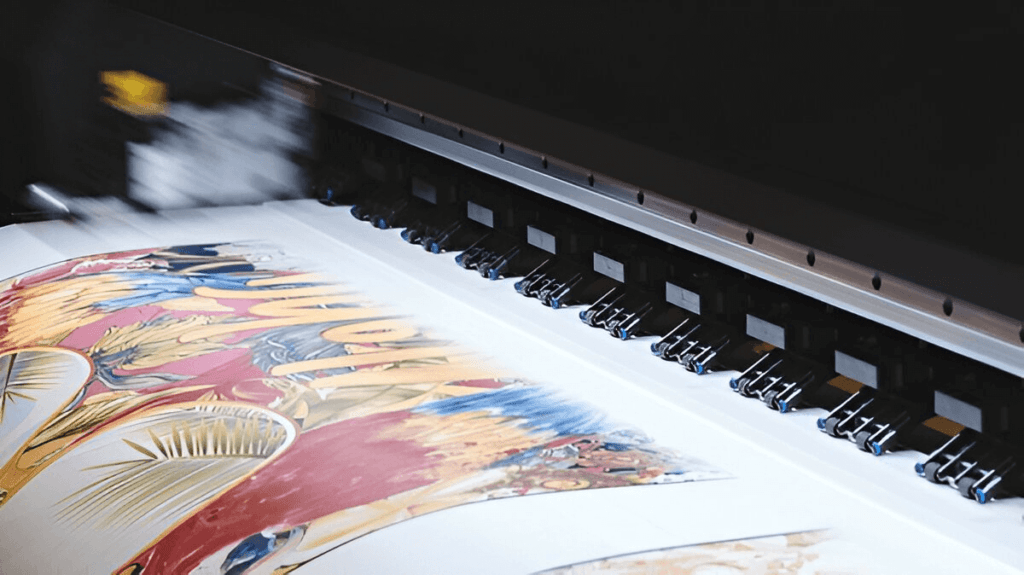Introduction to Tungsten Carbide Blades
Tungsten carbide cutter blades are a vital component in many industrial applications, known for their exceptional hardness and durability. Composed primarily of tungsten and carbon, these blades are engineered to withstand considerable wear and tear, making them ideal for cutting through various materials, including metal, wood, and plastics. The unique composition of tungsten carbide, which includes high levels of tungsten content, grants these cutter blades significant advantages over traditional cutting tools.
The primary property that distinguishes tungsten carbide cutter blades from their counterparts is their unparalleled hardness. Tungsten carbide is typically up to 10 times harder than steel, allowing it to maintain a sharp edge for extended periods. This characteristic not only enhances the efficiency of cutting operations but also reduces the frequency of blade replacements, ultimately saving time and reducing costs for businesses.
Besides hardness, tungsten carbide blades exhibit remarkable resistance to heat and corrosion. When subjected to high temperatures during cutting operations, these blades remain stable and retain their structural integrity. This property is particularly beneficial in high-speed applications where heat generation can lead to tool degradation. Moreover, the resistance to corrosion ensures that tungsten carbide cutter blades perform effectively even in challenging environments where moisture and chemical exposure may be prevalent.
The relevance of tungsten carbide blades extends across various industries, including manufacturing, construction, and woodworking. Their ability to provide clean, precise cuts combined with their longevity makes them a preferred choice among professionals. Whether it is for heavy-duty equipment or intricate machining, using tungsten carbide cutter blades leads to enhanced productivity and superior outcomes in cutting operations. This overview sets the stage for exploring the manifold benefits that these blades offer in tough cutting jobs.
Superior Durability and Longevity
Tungsten carbide cutter blades are renowned for their exceptional durability and longevity compared to blades made from other materials. This high-performance capability is primarily due to tungsten carbide’s unique molecular structure, which contains both tungsten and carbon. This combination results in a material that is not only hard but also resistant to wear and tear, making it ideal for use in demanding industrial applications.
One of the key advantages of tungsten carbide cutter blades is their ability to withstand the rigors of heavy-duty operations. For instance, when used in metalworking or woodworking environments, these blades can endure prolonged usage without significant degradation. This resilience means that they maintain their sharpness longer than other blades, such as those made from high-speed steel or stainless steel, which can dull rapidly under similar conditions.
The superior wear resistance of tungsten carbide cutter blades allows them to perform effectively in abrasive materials, including certain types of wood, metals, and even composites. Users often report fewer occurrences of blade replacements, which leads to increased productivity and reduced downtime. For instance, in a wood milling operation, switching to tungsten carbide blades can extend the service life by as much as three to five times compared to traditional blades. This extended lifespan translates into lower cumulative costs for businesses, as it reduces the frequency and expense of blade purchases and maintenance.
Additionally, the durability of tungsten carbide cutter blades contributes to consistent performance quality. Users can rely on the efficiency and cutting precision over an extended period without the need for frequent adjustments or changes. This reliability provides a significant advantage for industries that depend on high-quality finishes and exact specifications.
Exceptional Cutting Performance
Tungsten carbide cutter blades have established themselves as the preferred choice in the cutting tools industry due to their exceptional cutting performance. The unique composition of tungsten carbide, a material renowned for its hardness and durability, enables these blades to maintain a sharp edge far longer than standard steel blades. This characteristic provides a significant advantage when precision cutting is required, offering clean cuts and finer finishes across a variety of materials.
The sharpness of tungsten carbide cutter blades is a noteworthy feature that directly affects their effectiveness in cutting through tough materials such as metal, wood, and composite materials. Unlike traditional blades that may dull quickly, tungsten carbide blades stand up to rigorous usage. A case study involving a metal fabrication shop illustrated that the implementation of tungsten carbide cutter blades allowed for a 30% increase in cutting efficiency, ultimately reducing downtime and enhancing productivity.
In addition to sharpness, precision is a crucial aspect of cutting performance. Tungsten carbide cutter blades are designed with meticulous attention to detail, ensuring that every cut is clean and accurate. This precision is critical in industries such as manufacturing and woodworking, where the quality of the cut can significantly impact the final product. An aerospace company reported that by switching to tungsten carbide blades for their machining processes, they were able to achieve tighter tolerances on components, resulting in better overall product quality.
Furthermore, the ability of tungsten carbide cutter blades to withstand the rigors of heavy-duty applications cannot be overstated. Their robust nature enables them to tackle even the most resistant materials without chipping or breaking. Consequently, these blades minimize the likelihood of tool changeovers, allowing operators to focus more on their work rather than maintenance tasks. Overall, the exceptional cutting performance of tungsten carbide cutter blades makes them an indispensable asset in the toolkit of various industries.
Choosing the Right Tungsten Carbide Cutter Blades
Selecting the appropriate tungsten carbide cutter blades is crucial for achieving optimal performance in various applications. Several factors should be taken into consideration to ensure that the chosen blades meet specific needs. The first aspect to assess is the size of the blade. The diameter, thickness, and kerf of the cutter blades must align with the material being processed and the machinery being utilized. A blade that is too large or too small may compromise cutting efficacy.
Another important consideration is the tooth configuration of the tungsten carbide cutter blades. Different projects may require varying teeth counts and patterns. For example, a blade with a higher tooth count is generally better suited for fine cuts in softer materials, while blades with fewer teeth can provide quicker cuts in tougher materials. Understanding the nature of the materials involved will assist in choosing the right tooth configuration, which directly affects both speed and finish quality.
Application suitability is equally significant when selecting tungsten carbide cutter blades. Different applications demand specific characteristics from the blades, such as heat resistance, wear resistance, and the type of cut required. It’s essential to match the blade’s capabilities with the intended application to achieve the best results. Additionally, considering whether the blades are designed for wet or dry cutting can also impact performance.
When purchasing, it is advisable to go for reputable suppliers known for high-quality tungsten carbide cutter blades. Look for manufacturers that adhere to industry standards and have positive customer feedback. More importantly, price should not be the sole determinant. Investing in premium blades often leads to better durability and cutting performance, ultimately providing better value in long-term usage. By carefully assessing these factors, individuals and businesses can make informed decisions that align with their cutting needs.






